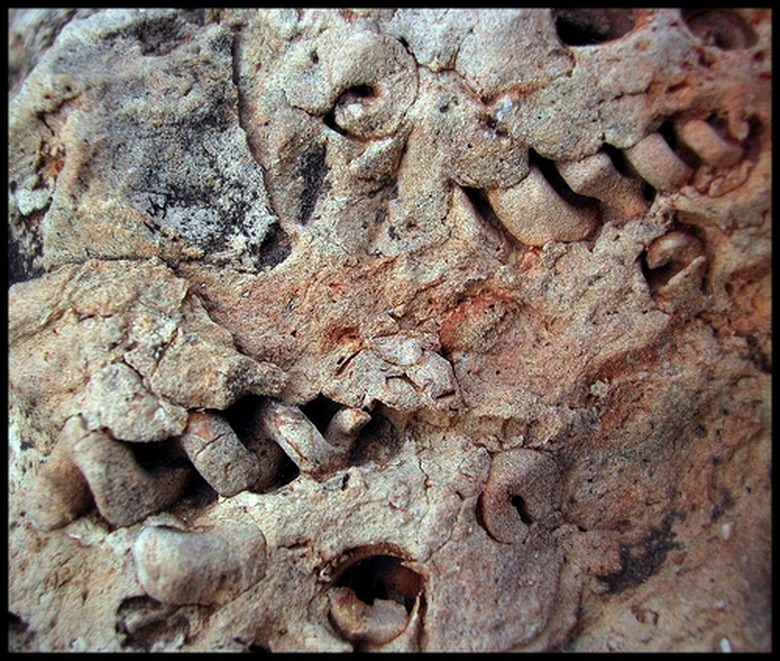How Is Radioactive Dating Used To Date Fossils?
Radioactive Decay
Radioactive Decay
Many rocks and organisms contain radioactive isotopes, such as U-235 and C-14. These radioactive isotopes are unstable, decaying over time at a predictable rate. As the isotopes decay, they give off particles from their nucleus and become a different isotope. The parent isotope is the original unstable isotope, and daughter isotopes are the stable product of the decay. Half-life is the amount of time it takes for half of the parent isotopes to decay. The decay occurs on a logarithmic scale. For example, the half-life of C-14 is 5,730 years. In the first 5,730 years, the organism will lose half of its C-14 isotopes. In another 5,730 years, the organism will lose another half of the remaining C-14 isotopes. This process continues over time, with the organism losing half of the remaining C-14 isotopes each 5,730 years.
Radioactive Dating of Fossils
Radioactive Dating of Fossils
Fossils are collected along with rocks that occur from the same strata. These samples are carefully cataloged and analyzed with a mass spectrometer. The mass spectrometer is able to give information about the type and amount of isotopes found in the rock. Scientists find the ratio of parent isotope to daughter isotope. By comparing this ratio to the half-life logarithmic scale of the parent isotope, they are able to find the age of the rock or fossil in question.
Isotopes Used for Dating
Isotopes Used for Dating
There are several common radioactive isotopes that are used for dating rocks, artifacts and fossils. The most common is U-235. U-235 is found in many igneous rocks, soil and sediment. U-235 decays to Pb-207 with a half-life of 704 million years. Due to its long half-life, U-235 is the best isotope for radioactive dating, particularly of older fossils and rocks.
C-14 is another radioactive isotope that decays to C-12. This isotope is found in all living organisms. Once an organism dies, the C-14 begins to decay. The half-life of C-14, however, is only 5,730 years. Because of its short half-life, the number of C-14 isotopes in a sample is negligible after about 50,000 years, making it impossible to use for dating older samples. C-14 is used often in dating artifacts from humans.
Cite This Article
MLA
Fiore, Corina. "How Is Radioactive Dating Used To Date Fossils?" sciencing.com, https://www.sciencing.com/radioactive-dating-used-date-fossils-5184705/. 24 April 2017.
APA
Fiore, Corina. (2017, April 24). How Is Radioactive Dating Used To Date Fossils?. sciencing.com. Retrieved from https://www.sciencing.com/radioactive-dating-used-date-fossils-5184705/
Chicago
Fiore, Corina. How Is Radioactive Dating Used To Date Fossils? last modified March 24, 2022. https://www.sciencing.com/radioactive-dating-used-date-fossils-5184705/
